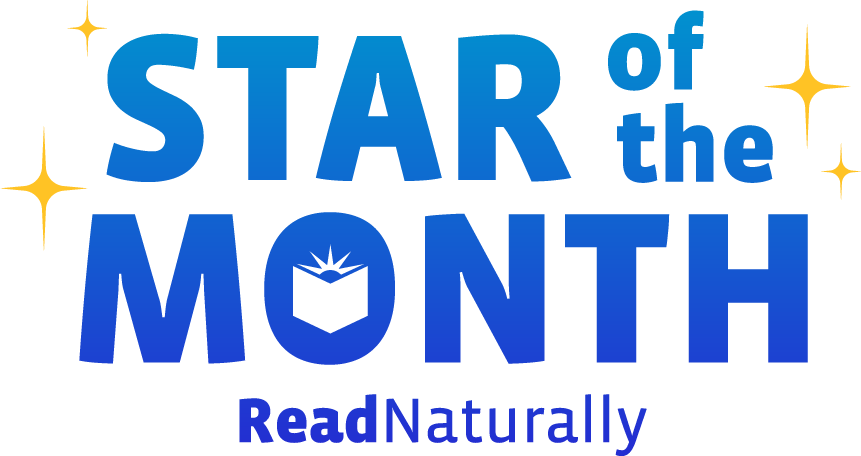New Foundational Reading Skills White Paper
Surprisingly, just over 50% of elementary teacher preparation programs in the United States offer courses in scientifically based reading methods (Moorer, 2020). Our new Foundational Reading Skills White Paper explains the science of how students learn to read and what skills they need to be taught. Read more
 Share your student’s success story—nominate him or her for our Star of the Month award. Win a Barnes & Noble gift card for the student and a Read Naturally gift certificate for your class!
Share your student’s success story—nominate him or her for our Star of the Month award. Win a Barnes & Noble gift card for the student and a Read Naturally gift certificate for your class!